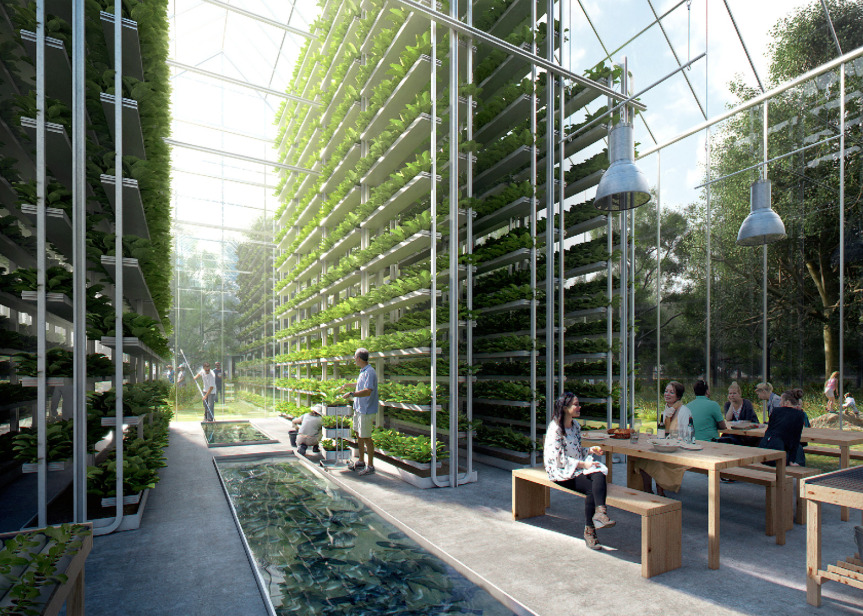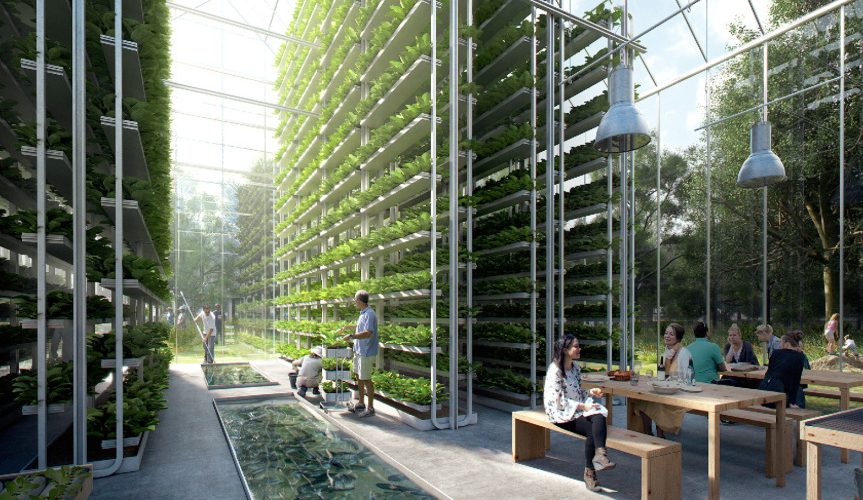
Vertical farms that use high-rise buildings for farming have been attracted attention as being able to utilize narrow spaces and efficiently produce food. However, it is pointed out that there are several difficulties even in vertical farms.
Vertical farms are suitable for urban areas where it is difficult to secure farmland, and vegetables with high moisture such as lettuce and tomatoes are suitable for crops. In general farming methods, it is cultivated under the sun, but in vertical farms, crops for cultivation indoors always grow under a light such as solar power generation.
One of the advantages of this farming method is to reduce transportation costs. Transportation costs are much lower than harvesting crops from high-rise buildings in the city and shipping them to the surrounding area to do large-scale farming in remote locations. However, vegetables grown on existing vertical farms do not fully meet the demands of large cities, but also require cultivation of grains such as wheat, legumes, and root vegetables.
In 2020, an experiment was conducted to grow wheat in a completely artificial environment with the aim of finding out what it takes to grow wheat on a vertical farm. According to this experiment, it is said that vertical farms can harvest four times a year and take enough wheat to make 1 geun bread per harvest per 1 m 2 area. Meanwhile, electricity required 2,577 kWh per year and 394 liters of water per year.
The advantage of a vertical farm is that it can save space by stacking the cultivation space vertically. For example, considering the case of power generation using solar panels, etc., there is a disadvantage in that the space reduction is offset by the installation area of the solar panel. The solar panel required for farmland per 1 m 2 is 20 m 2 minutes. It is pointed out that vertical farms cost not only farmland costs, but also solar panels and power storage facilities. The only advantage of vertical farms is that they have close transport distances, but in the end, they are expensive in terms of electricity and water bills and other operating costs. Related information can be found here.


















Add comment